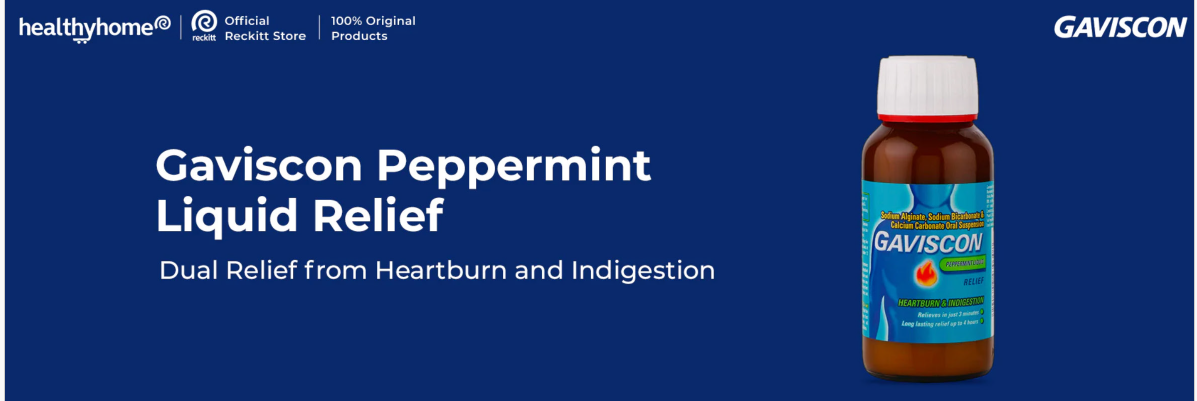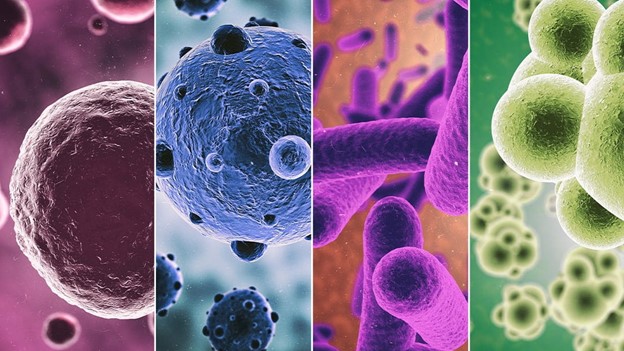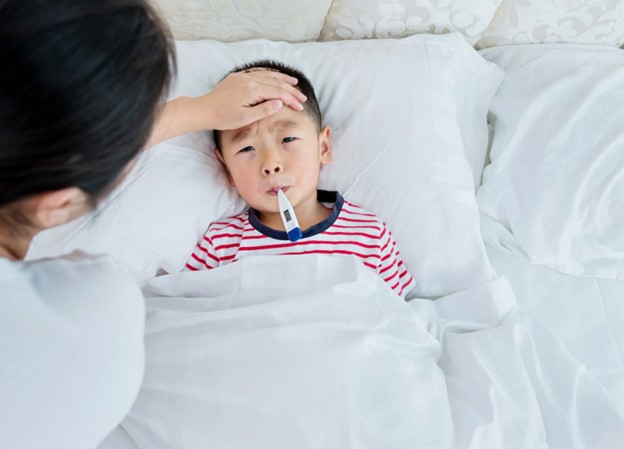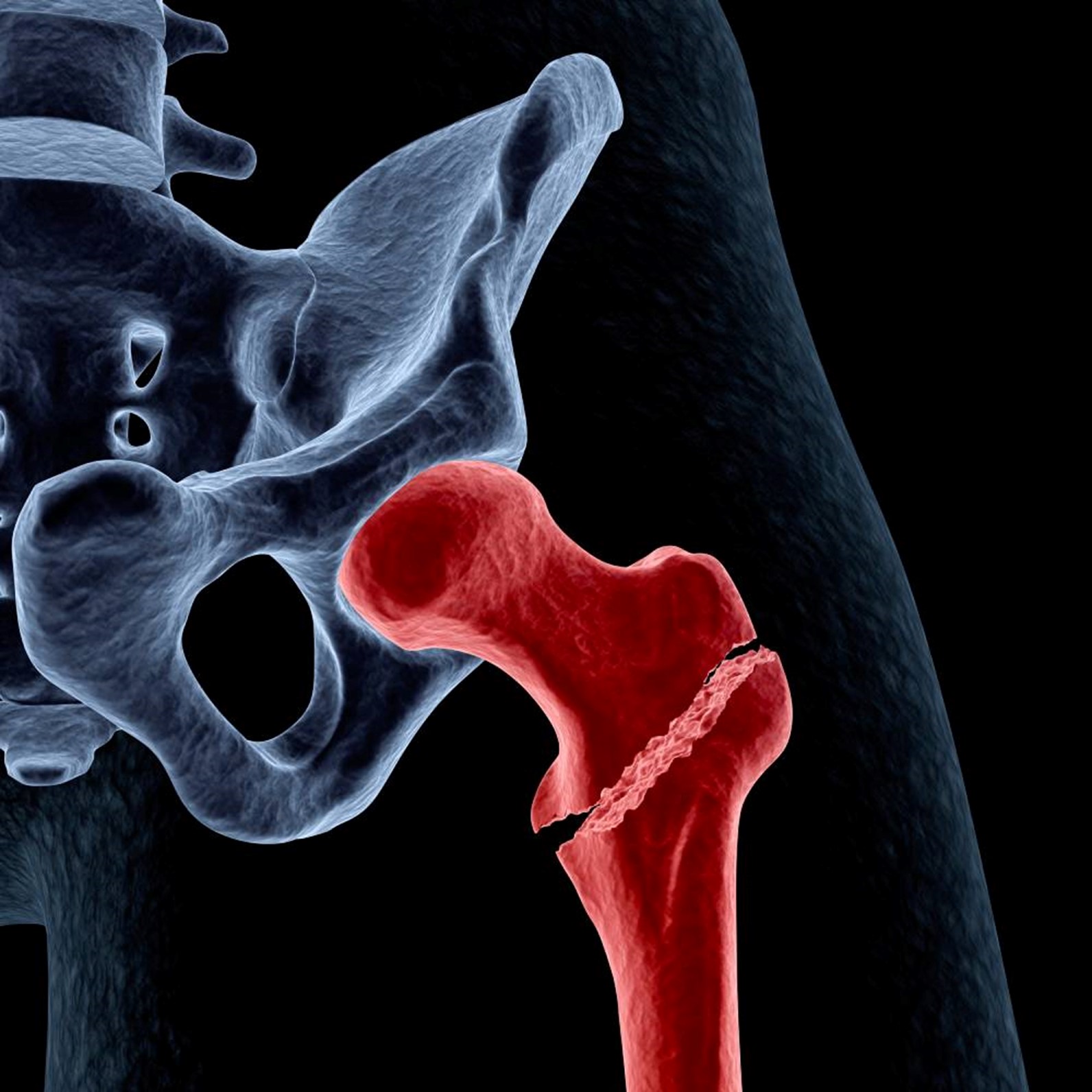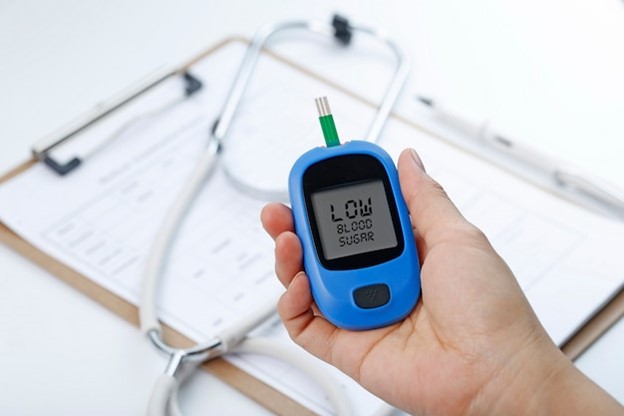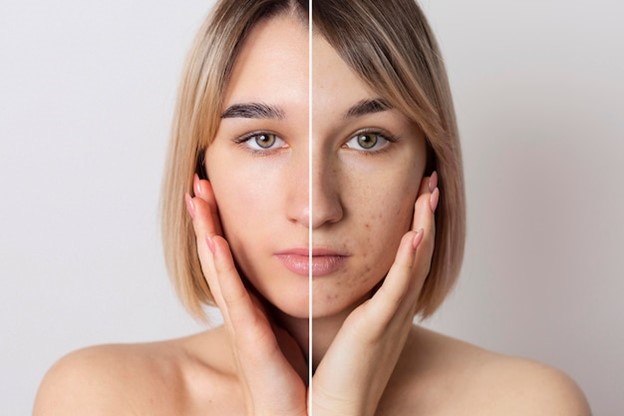
Key takeaway:
A topical well-tolerated home remedy would be an effective addition to the toolkit for managing acne scars and such a self-care option for treating acne scars will reduce patient reliance on medical professionals and healthcare costs.
Most acne-scarring patients (80% – 90%) have atrophic scars linked to collagen loss, as opposed to a few who have hypertrophic scars and keloids. Most available treatments for atrophic acne scars are non-pharmacological, intrusive techniques that may not be acceptable or affordable for many individuals. Tretinoin 0.05% is used to treat keloid scars, and research shows that daily administration of tretinoin 0.05% for four months significantly reduced the appearance of superficial acne scars. 70% glycolic acid peels significantly outperformed topical regimen in a randomized comparative study in women with atrophic acne scars. Low-strength glycolic acid was used at home daily was more tolerable and had fewer adverse effects than glycolic acid peels. Topical adapalene/benzoyl peroxide gel reduces atrophic acne scars and acne lesions; in addition, the study reported that early initiation of effective acne treatment can prevent and reduce the formation of acne scars. A phase II study in patients with moderate to severe facial atrophic acne scars received daily adapalene 0.3% gel and reported improvement in skin texture/atrophic scars in 50% and 80% of subjects according to the investigator and subject assessments.
Vitamin C can help with atrophic scars from acne and accelerates wound healing through unique pleiotropic modulations in collagen metabolism. Dermal fibroblasts express self-renewal, cell cycle progression, and fibroblast motility genes when exposed to vitamin C. Through the actions of tumor necrosis factor and interleukin-1, it also reduces inflammatory mediators. By preventing the production of melanin, tyrosinase, and reactive oxygen species, it reduces hyperpigmentation. In addition, Silicone gel Tranilast, N-( 3,4-dimethoxycinnamoyl) anthranilic acid, Liquid plasma and Retinoic acid can attenuate acne scars and reduce post-acne hyperpigmentation. Amniotic fluid-derived mesenchymal stem cells enhance wound healing, including interleukin (IL)-8, IL-6, transforming growth factor (TGF)-β, tumor necrosis factor (TNF)-α, vascular endothelial growth factor (VEGF), and epidermal growth factor (EGF). In summary, finding efficient, non-procedural medical therapies has proven difficult, and there is little research to back up doctors’ use of these treatments. Therefore, more research is needed to find these undiscovered tools.
Reference: Bikash C et al. Topical management of acne scars: The uncharted terrain. J Cosmet Dermatol. 2023;22:1191–1196.

